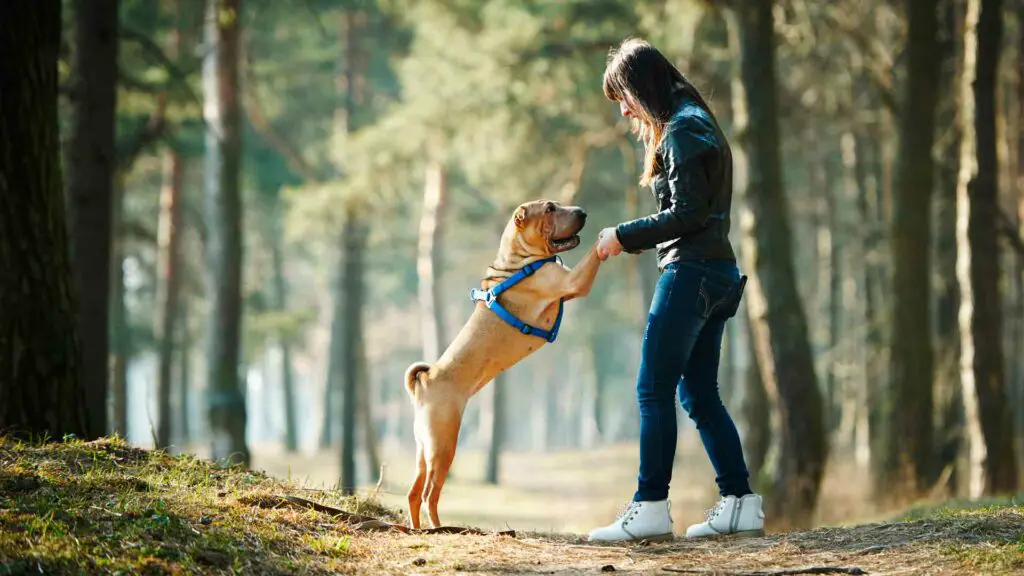Identification of the Cause

Surprisingly, there can be a list of reasons behind your dog’s odd behavior of walking in circles. Let’s get into each of them in detail.
Anxiety or Stress Issues
Dog’s require mental and physical stimulation on a regular basis. The absence of these entities can lead to boredom and a build-up of stress. Dogs facing Obsessive-Compulsive Disorder (OCD) are also susceptible to showcase this behavior.
If your dog is new to your home and surroundings, this can be another trigger for anxiety. They will need time to settle in and adapt to the new conditions. Engaging your dogs in regular walks and physical activities along with specific cognitive stimulation via games and toys can be productive in easing anxiety or stress.
Infections and Diseases
If your dog suffers from ear infections, it can cause severe discomfort for them making them walk in circles. You may observe them scratching their ears often, and their ears would look red and produce odor.
Infection from other parasites can also trigger a similar outcome. Anal gland infections can make them round around in circles while trying to bite their tail.
Some of the commonly found diseases that lead to this issue are given below.
- Neosporosis: A parasitic disease spread via raw meat and animal feces can be potentially fatal for canines.
- Systemic Lupus Erythematosus (SLE): An immune system disorder found mainly in breeds like Afghan hounds, Beagles, German Shepherds, Poodles, etc.
- Distemper: If your buddy shows signs like excess nasal discharge, incoordination, aggression, or excess thirst, they’re probably suffering from Distemper.
These infections and diseases require immediate medical supervision by a vet and a prescription of necessary antibiotics. Never perform self-medication as that could worsen your dog’s ailment.
Bodily Injuries
Dogs suffering from a head injury show specific symptoms like pupil dilation, loss of appetite, and barking/whining with pain when patted on the head, followed by walking in circles. If the dog shows any of the above symptoms, immediate medical diagnosis and treatment are mandatory.
Any damage to your dog’s neurological system caused by these injuries can lead to incoordination and cause them to walk in circles. This condition is followed by weaker eyesight and focus in dogs. Their sense of direction will also take a toll in this case.
Arthritis is another condition that prompts dogs to circle before they lay down. They perform this action due to the stiffness of muscles.
Canine Vestibular Syndrome
This condition is usually found in aged dogs. Their ear balance declines with age and many other factors like injuries, nutritional deficiencies, abnormal tissue growth, and so on. Severe incoordination can be seen when a dog is suffering from this syndrome.
Molly used to slip and fall without any external stimulus, and we used to get worried. We took no chance with self-treatment and took her to the vet as this condition lingered on further. Luckily, our dog had nutritional deficiencies, and our vet prescribed a few supplements. She was back to her best in two weeks.
Excessive drooling, poor head posture, and walking in circles are some of the other symptoms of Vestibular Syndrome.
These were some of the critical factors that can cause your dog to walk excessively in circles. Once you identify the trigger, you can then devise specific remedies and preventive actions to avoid future situations.









